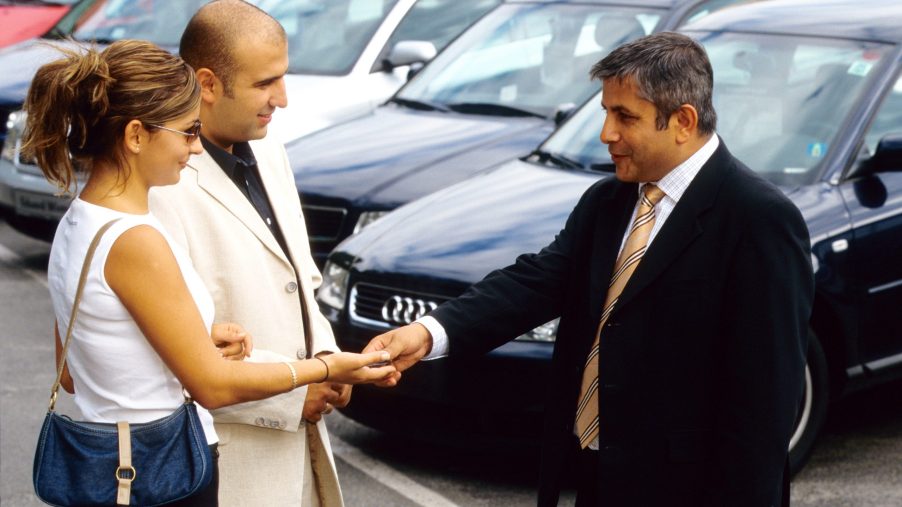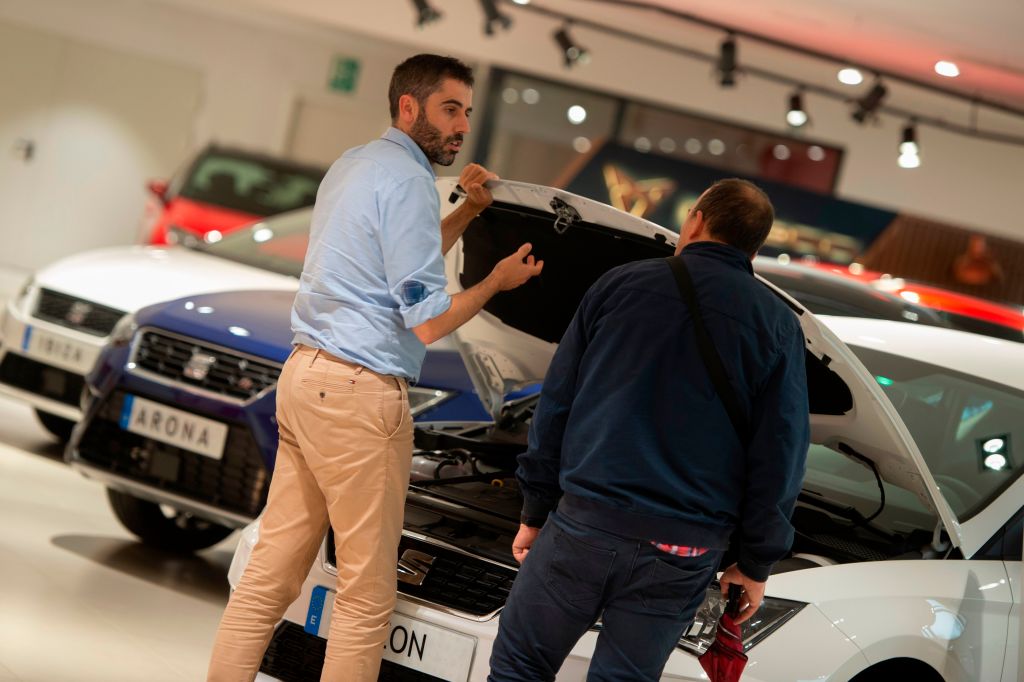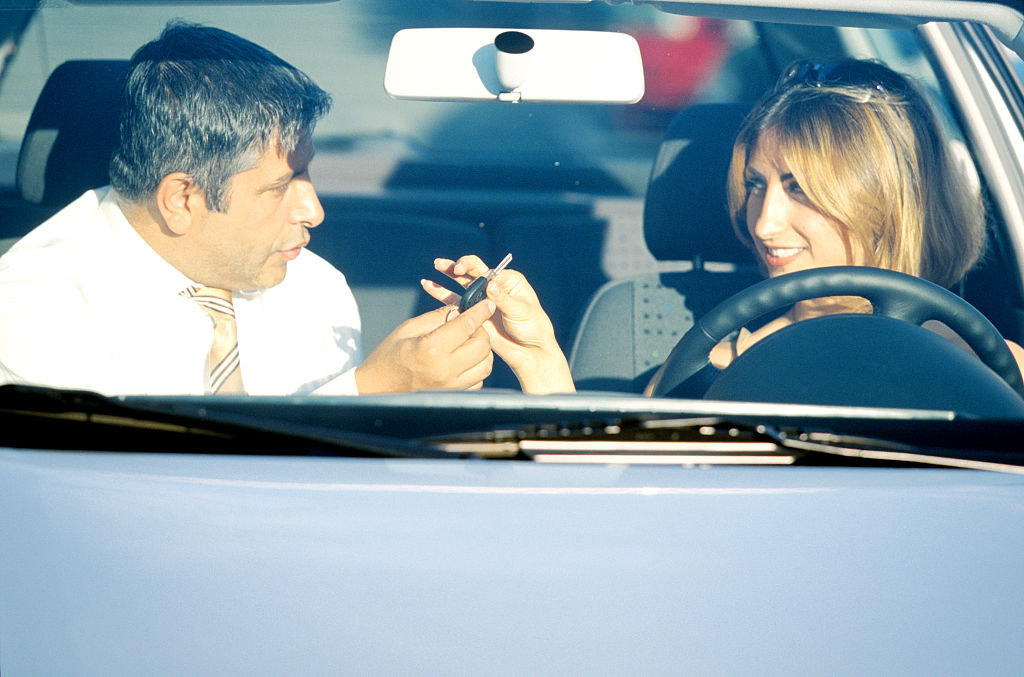
Do Dealers Really Use Shady Sales Tactics?
When it comes to buying a new car, it’s natural for you to think that the dealership salesperson is out to take advantage of you and will do anything to get you to buy a car. After all, they’re trying to make as much profit as possible in order to afford that fancy suit they’re wearing, right? No, not really. Actually they’re just trying to make to living just like anyone else. But one big question is: Do dealership salespeople really use sneaky sales tactics in order to get you to buy?
Do you want the short answer or the long answer?
The short answer is “no,” most dealership salespeople do not use sneaky sales tactics to get you to buy a car. And while I can’t speak for every salesperson in the country, I can at least speak from my own experience and share with you the knowledge I gained from being in car sales for over four years so that you can understand a different perspective. My perspective is of the training that we receive from being in car sales. So if you’re interested, here is the long answer.

Remember to be observant
One of the first guidelines for being a good salesperson is to always be observant. We are trained to observe everything about the customer from the moment that they pulled into the parking lot. This meant paying attention to the type of car you’re driving (in case you plan to trade it in), if you’re with your significant other or if you brought your whole family, and even what you’re wearing, all for the sake of establishing rapport.
Create rapport with the customer
After you walk in the door and we greet you, our next goal is to establish rapport. That could be as simple as asking what kind of car you’re looking for or giving you a compliment on that nice shirt or piece of jewelry that you’re wearing. It’s never meant to be creepy, but mainly to make you feel at ease in order to guide you along the car shopping process.
After getting some chit chat going and figuring out which car best suits your needs and your budget, the next step is to present the product to you.
Overcome objections early
During the product presentation and the test drive, we are trained to answer any questions that you might have about the car and overcome any objections early on. Objections are defined as “any reason that you wouldn’t want to buy the car today.” And to overcome them, I would ask questions that ranged from, “Is there anyone else that needs to see the car before you buy it?” to “If I can find a car that fits your budget, would want to take it home today?”
They are simple and honest questions because ultimately, salespeople just want you to find the right car. They also know full well that you have likely been doing your research this whole time and you’re at the car dealership because you’re probably looking to pull the trigger soon. So why not try and get you to buy?

Devalue your trade
Remember that car that we watched you pull up the dealership in? If you are planning to trade it in, then it’s now time to take a closer look at it and point out any flaws to you. We do this because every customer that plans to trade their car has a price that they are looking to get for it. And by pointing out the flaws, we can “devalue” that number so that you lower your expectations when the real trade-in numbers are presented.
Deflect discounts
When it is time to show you the final numbers for the car that you chose, we are trained to do our best to stick as close to MSRP as possible. Fortunately, if you have done your due diligence as a car shopper and found the internet pricing (which is always recommended), then the price is typically already discounted. However, if it is not, then the salespeople will try and stick as close to MSRP as possible in order to maintain profit for the dealership and themselves.

Ask for a “T.O.”
If the salesperson is not able to “close the deal,” then they will run and get a manager to try and get you to agree on a price. This is called a “T.O,” or a turn-over. And if you don’t ultimately end up buying, then the salespeople are trained to follow up as much as possible to get you to buy at a future date.
There’s no smoke and mirrors
Contrary to popular belief, car salespeople don’t use any smoke and mirrors to sell cars. Any good salesperson knows that as long as they can establish rapport and build value in the car, the brand, and themselves, most customers will buy a car eventually. It might not happen “today,” but there’s no need to use shady sales tactics in order to get the job done.



